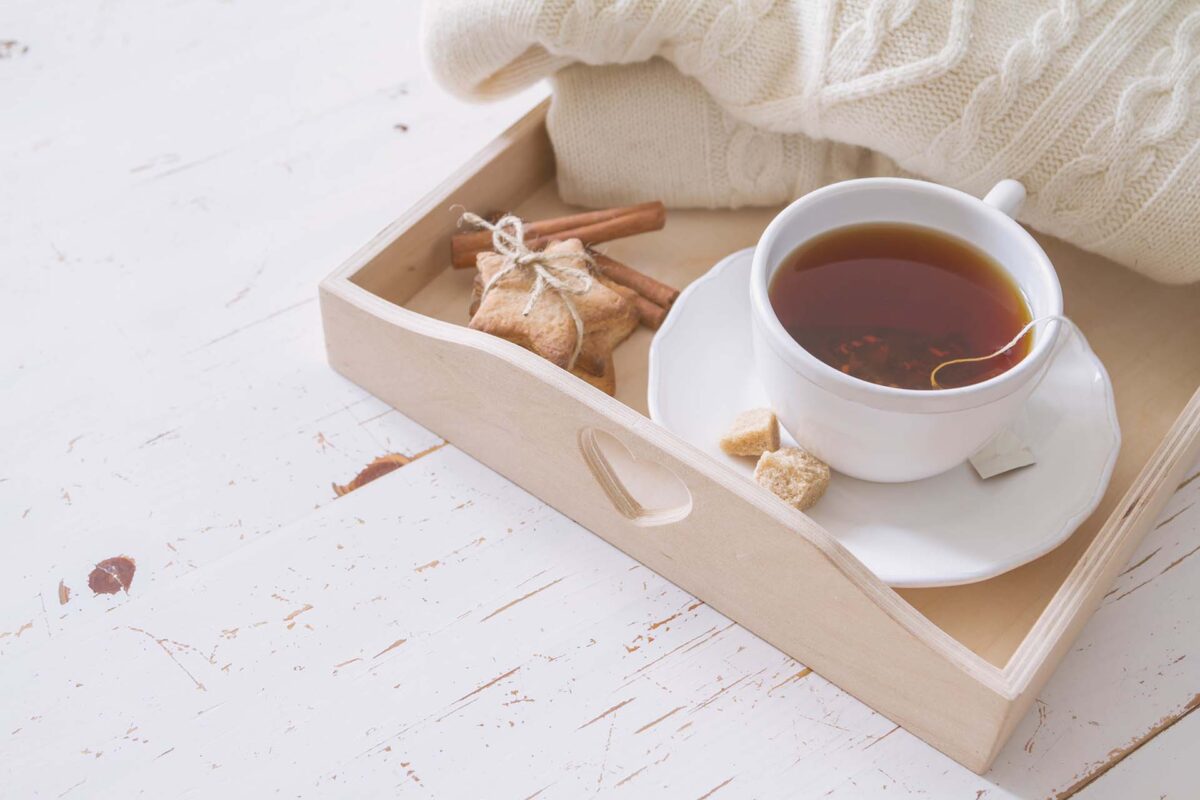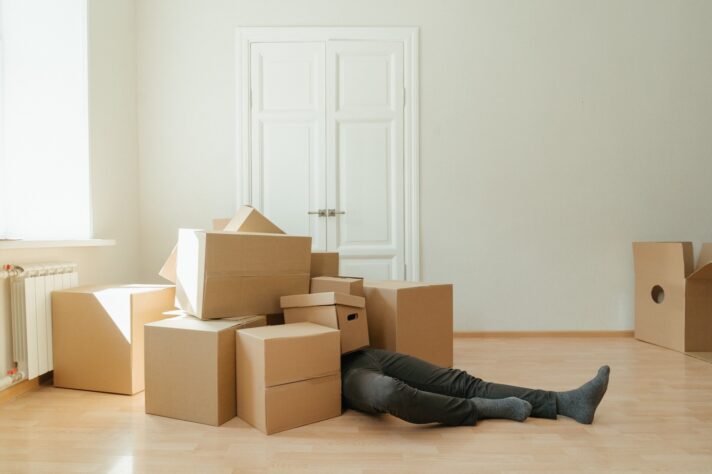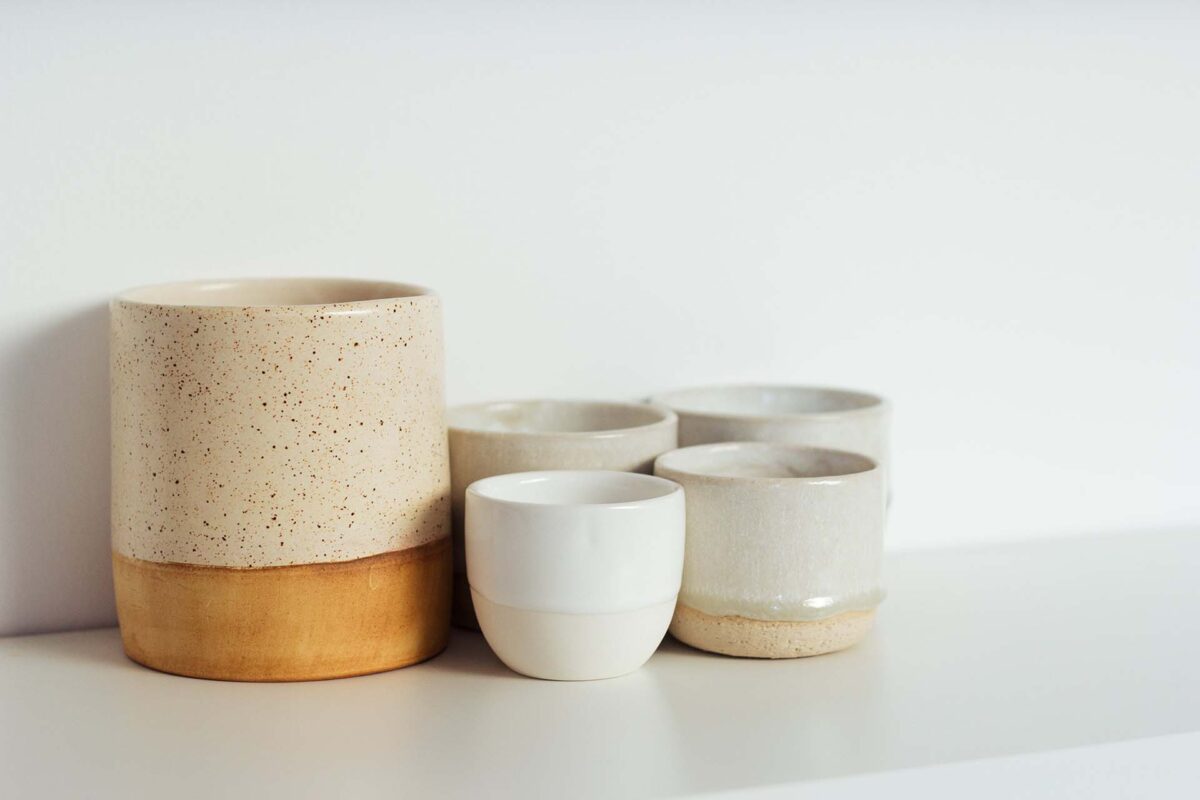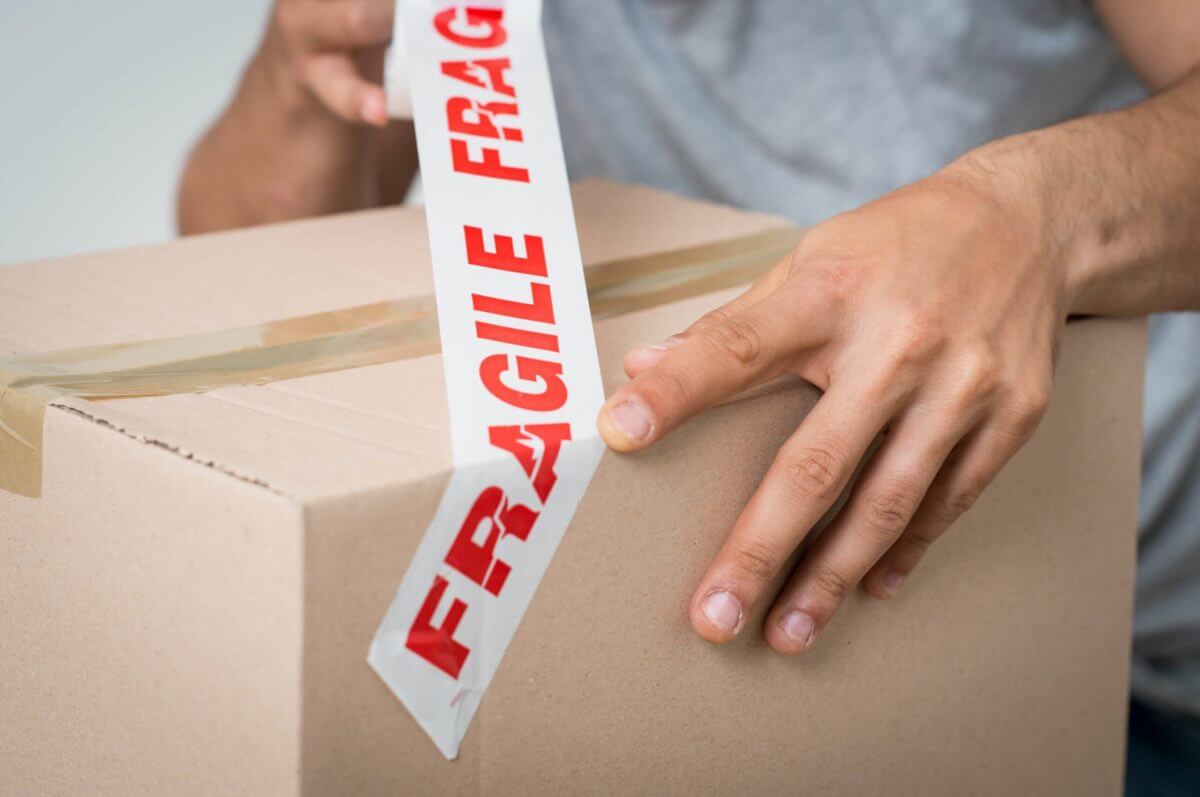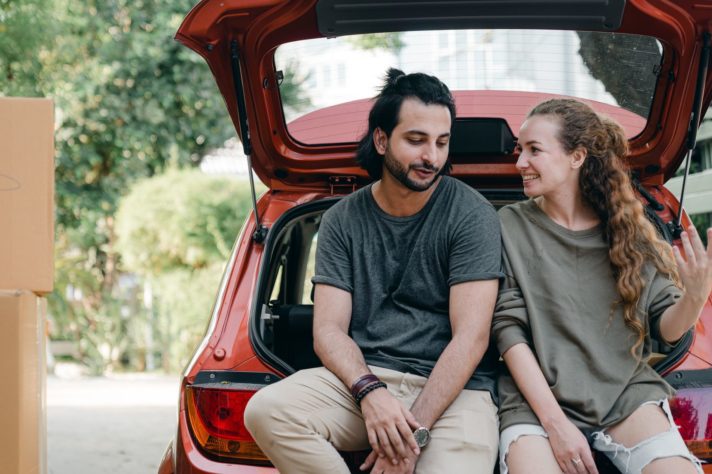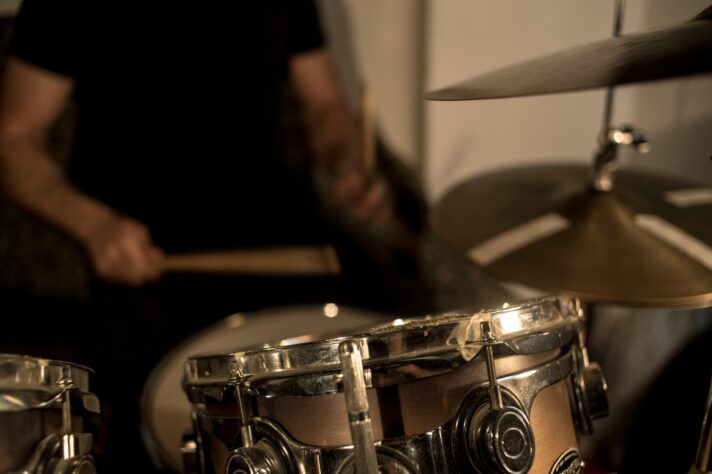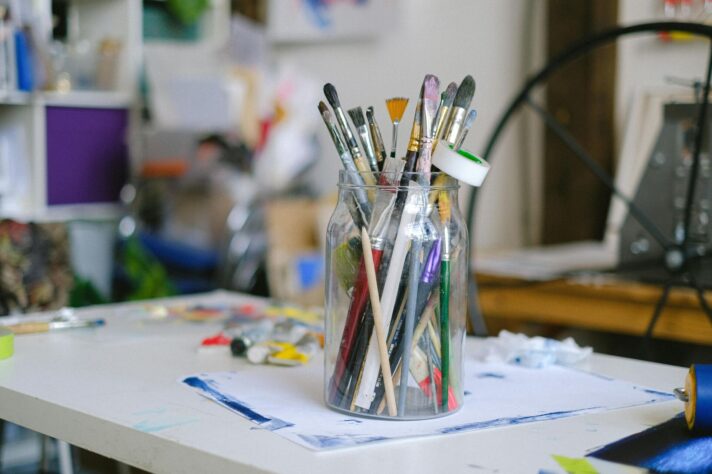Embarking on a move and wondering how to pack ceramics for moving safely? Let us guide you on this delicate journey. We will offer you a straightforward approach, ensuring your treasured valuables are well-protected during transit. With our practical and expert advice, we’ll help you box up your breakables and get them ready for their journey to your new home.
Follow our guide and learn how to pack ceramics for shipping
How to Pack Ceramics for Moving Cross-Country?
When relocating breakables across the country, the key to its safety is robust packaging. Prioritize sturdy materials like heavy-duty bubble wrap and double-walled boxes to withstand the long journey.
Careful labeling and strategic box placement in the relocation vehicle are crucial. This approach minimizes movement and potential damage, ensuring your possessions arrive intact, regardless of the distance. In the end, if you find it too tiring to deal with by yourself, book a cross-country moving service for an easy relocation experience.
Know Your Ceramics – Different Types and Their Vulnerabilities
This delicate pottery ranges from earthenware, known for its rustic charm but prone to chipping, to fine china, elegant but extremely fragile. Stoneware, while sturdier, can still suffer from cracks under pressure.
Porcelain, though durable, often has intricate designs that are vulnerable. Recognizing these differences helps in choosing the right packing strategy to protect their unique vulnerabilities.
Assess the Fragility of Your Ceramic Items
To ensure the safe transport of your breakables, assess their fragility. Start by examining for pre-existing cracks or weak spots and take an opportunity to downsize for your move. Evaluate your collection and keep only the pieces that truly matter to you.
For those sets in good condition that you decide not to keep, consider donating them to charities such as Goodwill or gifting them to friends and family members. Not only does this lighten your moving load, but it also gives your cherished items a new home where they will be appreciated.
Also, consider the weight and thickness of each piece, as thinner items are more prone to breaking. Pay special attention to objects with delicate details, such as extended handles or ornate patterns. This assessment guides how much padding and support each item needs, ensuring their tailored protection.
Embrace a fresh start by gifting some cherished pieces to your loved ones
Gather Essential Packing Supplies and the Right Tools
The success of your relocation hinges on having the right packing materials to ensure the safety of your belongings throughout shipping. Quality supplies not only provide better protection but also make the packing process more efficient. Here’s a comprehensive list of different packing materials you’ll need to box up your breakables securely:
- Sturdy boxes – choose double-walled boxes in various sizes for enhanced strength and protection.
- Bubble wrap – a must-have for individually wrapping each piece, providing cushioning against shocks.
- Clean or tissue paper – ideal for wrapping breakables and filling gaps inside boxes to prevent movement.
- Foam peanuts or sheets – useful for additional cushioning, especially around delicate or oddly shaped items.
- Duct tape – high-quality tape is crucial for securely sealing boxes.
- Markers – necessary for labeling each box with contents and handling instructions.
- Foam pouches – great for extra protection of smaller, more delicate items.
- Corrugated cardboard sheets – provide additional structural support and can be used to create dividers within boxes.
- Stretch wrap – helps keep bundled items secure and moisture-free.
- Label stickers – use “Fragile” and “This Side Up” stickers for clear handling directions.
- Scissors or box cutters – essential for cutting wrapping materials and opening boxes.
Don’t Forget to Clean Your Ceramics Collection
Before you start packing, it’s crucial to thoroughly clean your collection for its relocation. Gently clean each item to remove dust and stains.
Use a soft, damp cloth and avoid harsh chemicals that might damage the glaze or paint. After cleaning, ensure each item is completely dry before packing. This prevents mold growth and water damage, maintaining the pristine condition of your possessions.
Organize Your Items by Size and Their Fragility for Efficient Packing Experience
Efficient relocation starts with an organized packing process. Sort your collection by size and fragility. Grouping similar-sized items makes it easier to choose the right box and supplies. It also maximizes space within each box.
Prioritize the packing order based on fragility. Delicate items like fine china or pieces with protruding elements should be packed first, with ample cushioning, and in smaller, individual boxes if possible.
Sturdier items like everyday earthenware can be packed together, still ensuring there’s enough padding to prevent any movement or friction. This methodical approach not only streamlines the whole process but also significantly reduces relocation stress and the risk of damage.
Store your breakables for relocation by their fragility and dimensions
Follow Our Pro Techniques for Protecting Your Delicate Possessions
Protecting your delicate belongings requires more than just careful handling. It demands a strategic approach to wrapping. Start by laying out a large piece of bubble wrap on a flat surface.
Place your item in the center and wrap it snugly, ensuring every part is covered. For pieces with protruding elements, add extra layers of cushioning for reinforcement. Secure the wrapping with duct tape, but be cautious not to tape over the ceramic itself to avoid residue or damage.
For your plates and flat items, stack them vertically in a box, separated by cardboard dividers. Mugs and glass bowls can be nested within each other, with paper or thin foam in between to prevent scratches.
Make Sure to Utilize Ample Cushioning When Securing Your Ceramics in Boxes
The key to stress-free transportation lies in ample cushioning. Once your items are individually wrapped, it’s time to secure them for the journey ahead.
Start by lining the bottom of your box with a thick layer of crumpled packing paper or foam. This acts as a shock absorber. Place the heaviest items at the bottom and the lighter ones on top. Fill any empty spaces with additional crumpled paper, bubble wrap, or foam peanuts to prevent any movement within the box.
It’s crucial that the items don’t touch each other or the sides of the box. Lastly, give the box a gentle shake to ensure there’s no movement. If you hear items shifting, add more cushioning.
Ample wrapping and cushioning will safeguard their integrity and ensure safe transport
Place Clear Labels for Safe Handling and Easier Unboxing Process
Use bold markers to label each box with “Fragile,” “Handle with Care,” and “This Side Up” to ensure they are handled correctly. Additionally, include a brief description of the contents and the room they belong to.
This not only aids long-distance movers in handling your items with the necessary caution but also streamlines the unboxing process at your new home. You’ll be able to identify and prioritize opening boxes with delicate items, reducing the risk of accidental damage.
Hire Professional Cross-Country Movers to Handle This Delicate Matter
When it comes to relocating breakables, the attention to detail required can be overwhelming, especially amidst the myriad moving tasks. In such cases, hiring a long-distance moving company becomes invaluable.
Cross Country Moving Company specializes in handling fragile items, ensuring they receive the care and protection needed for a safe journey. With time often being a constraint, our professionals can save you from relocation anxiety and time-consuming packing.
However, our cross-country moving services extend beyond mere transportation. We offer comprehensive packing services, employing expert techniques and materials specifically designed for delicate objects. By entrusting your relocation to our professionals, you significantly reduce the risk of unnecessary damage.
Book our long-distance moving services for a smooth relocation experience
With Cross Country Moving Company, Your Relocation Will Be a Perfectly Smooth Experience
When looking through cross-country moving companies, it’s important to choose one that offers comprehensive services. At Cross Country Moving Company, we pride ourselves on our expertise and knowledge in handling everything from the bulkiest furniture to the most delicate possessions.
Our team is equipped with the skills and resources to ensure the secure and safe relocation of all your belongings. Don’t hesitate to contact us today and book our assistance. Let us make your relocation experience as impeccable and smooth as the perfect finishing glaze on your favorite cup.
FAQ
How Should I Wrap Individual Ceramic Pieces to Prevent Chipping?
Use bubble wrap around each piece, covering all edges and surfaces. First, encase the item in clean or tissue paper for extra padding, then bubble wrap it for shock absorption.
Is It Necessary to Use Special Boxes for Packing Ceramics?
While not mandatory, using sturdy, double-walled boxes is highly recommended. These crates offer superior strength and protection compared to regular single-layered ones, ensuring better safety for your fragile ceramics during transit.
How Can I Ensure My Ceramics Don't Shift Inside the Box During the Move?
After wrapping, fill any empty spaces in the box with soft packing materials like crumpled paper, foam peanuts, or bubble wrap. This cushioning keeps the ceramics stable and immobile, reducing the risk of shifting and potential damage.
What's the Best Way to Pack a Large Ceramic Vase?
Wrap it in multiple layers of bubble wrap, paying extra attention to the neck and base, the most vulnerable parts. Place it upright in a box with a generous amount of cushioning material at the bottom and around the sides for added stability.
Can I Pack Multiple Ceramic Items in One Box Safely?
Yes, but ensure each piece is individually wrapped and cushioned. Use dividers or additional padding to separate the items and prevent them from knocking into each other.
How Do I Pack Ceramic Dinnerware Sets for a Move?
Individually wrap plates, cups, and bowls. Stack plates vertically with cardboard or foam dividers between them. Bowls can be nested within each other with a layer of padding in between.
Should I Insure My Ceramics for the Move?
Insurance is advisable for valuable or sentimental ceramics. It offers financial protection against unforeseen damages during the moving process.
What Should I Do if I Don't Have Enough Bubble Wrap for All My Ceramics?
In case of a shortage of bubble wrap, improvise with alternative materials like towels, thick clothing, or even socks for cushioning.
Is It Better to Pack Ceramics Vertically or Horizontally in a Box?
Box up flat objects vertically, like vinyl records, as this reduces the surface area exposed to pressure. Other items can be packed horizontally if they’re well-cushioned and secured.
How Do I Handle Unpacking Ceramics in My New Home?
Approach unpacking with care, opening one box at a time. Gently remove each piece, checking for any signs of damage incurred during the move.
What Is the Best Way to Wrap Handles on Ceramic Items?
Wrap each handle separately with bubble wrap, providing a thick, cushioned layer around it. This extra padding is crucial for protecting the handle from impacts.
Should I Use Specific Materials for Padding Around Decorations?
Yes, use soft, flexible materials like foam or tissue paper around decorations. These materials conform to the shape of the decorations, offering better protection.
How Do I Secure the Wrapping Without Damaging the Decorations?
Secure the wrapping with tape gently. Ensure it’s firm enough to hold the material in place but not so tight that it puts undue pressure on delicate parts.


